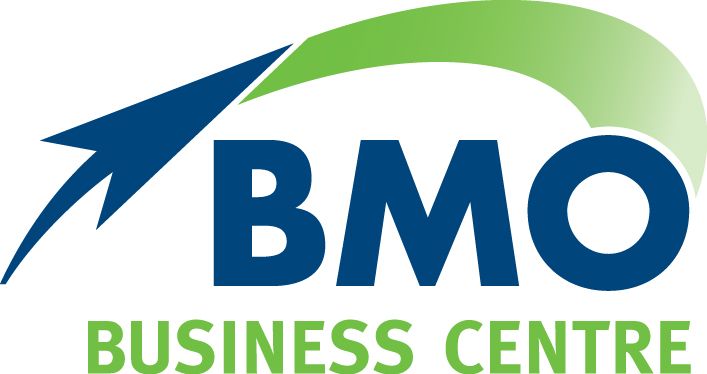Star ratings for Aged Care help make family choices easier
Moving into aged care can be a challenging time, both for those making the move and families supporting their loved ones. It’s understandable that everyone wants to find the most suitable accommodation and the appropriate standard of care, however, it can be confusing to make that choice.
A new star rating system for aged care is giving existing and potential residents and their families helpful insight into the quality and staffing levels of an aged care facility.
Four key performance areas covering residents’ experience, staffing levels, compliance and quality measures are each given an individual star rating. These ratings are then combined to provide an overall rating which is made public on the My Aged Care website.
For many people this will be the most consistent measure of whether aged care accommodation meets independent requirements for a good, average or poor facility.
A one-star rating indicates significant improvement needed; two stars indicates improvement needed; three stars indicates an acceptable quality of care; four stars indicates a good quality of care and a five star rating indicates an excellent quality of care.
There has been one round of ratings revealed since the system was launched in December 2022, with about one-third of the 2,700 aged care facilities in Australia receiving four or five stars, two thirds receiving three stars and one-in-10 receiving one or two stars.
How care is measured
Staffing levels in aged care are always of interest. With no staff ratios in aged care, the focus is on ‘care minutes’ provided by registered nurses, enrolled nurses and personal care workers.
A new funding model – in place from 1 October 2022- requires aged care facilities to meet a minimum average care minute target of 200 minutes a day, including 40 minutes registered nurse time. This target will become mandatory from 1 October 2023, and increase to 215 minutes, including 44 registered nurse minutes, from 1 October 2024.
Quality measures
The five crucial areas of care that go into determining the quality star rating include pressure injuries, physical restraint, unplanned weight loss, falls and major injury, and medication management.
The data is collected quarterly, with zero-star ratings given to providers who fail to report on each area.
The compliance rating, which is the responsibility of the existing Aged Care Quality and Safety Commission, provides information on the extent to which a residential aged care service is meeting its responsibilities.
A service that receives a one star compliance rating (which would occur if it was sanctioned or found to be punishing anyone who complained to the Commission) will receive an overall one star rating, regardless of how they perform in other sub-categories. Services that receive a two star compliance rating (if they were issued a compliance notice under the current system) cannot receive an overall star rating higher than two stars, regardless of how they perform in other sub-categories.
Resident experiences
A resident’s experience of a facility carries the highest weighting towards the overall star rating.
To understand the lived experience of residents, 12 questions are asked, for example – ‘do staff treat you with respect’, do you feel safe here’, ‘do you get the care you need’, and ‘are the staff kind and caring’. Responses can vary from never to always.
At least 10 per cent of older Australians living in residential aged care will be interviewed face-to-face about their overall experience at their residential aged care home by a third-party vendor each year.
Anyone currently living in or considering a facility with a low rating should feel empowered to ask what management is going to do about improving things.
Be informed
The star ratings are a recommendation of the Aged Care Royal Commission to better inform people living in or considering moving into residential aged care and to provide greater transparency in an effort to lift the overall standards.
They will become an increasingly important tool in the planning and decision-making process.
Give us a call to help you or a loved one plan for current and future needs.
The information in this article does not take into account your objectives, needs and circumstances. We recommend that you obtain investment and taxation advice specific to your investment objectives, financial situation and particular needs before making any investment decision or acting on any of the information contained in this document. Subject to law, Capstone Financial Planning nor their directors, employees or authorised representatives gives any representation or warranty as to the reliability, accuracy or completeness of the information; or accepts any responsibility for any person acting, or refraining from acting, on the basis of the information contained in this document. Principal Wealth Management Pty Ltd trading as BMO Financial Solutions ABN 53 109 336 601 is a Corporate Authorised Representative (CAR 277821) of Capstone Financial Planning Pty Ltd ABN 24 093 733 969 Australian Financial Services Licence (AFSL) No. 223135.
The post Star ratings for Aged Care help make family choices easier appeared first on BMO Accountants.
Contact Us
BMO Dalby
By Mail:
PO Box 180
Dalby Qld 4405
In Person: 178 Drayton Street (access via Hogan Street)
Dalby Qld 4405
BMO Charleville
By Mail:
PO Box 198
Charleville Qld 4470
In Person: 58 Alfred Street
Charleville Old 4470
BMO Roma
By Mail: PO Box 300 Roma Qld 4455
In Person: 137 McDowall Street Roma Qld 4455
Office Hours:
Monday – Thursday 8am – 5pm and Friday 8am – 3pm
PH: 07 4662 3722
FAX: 07 4662 5975
Useful Links
Stay in Touch
Footer Contact Form
We will get back to you as soon as possible
Please try again later
Contact Us
BMO Dalby
By Mail: PO Box 180 Dalby Qld 4405
In Person: 178 Drayton Street (access via Hogan Street) Dalby
BMO Charleville
By Mail:
PO Box 198
Charleville Qld 4470
In Person: 58 Alfred Street
Charleville Old 4470
BMO Roma
By Mail: PO Box 300 Roma Qld 4455
In Person: 137 McDowall Street Roma Qld 4455
Office Hours: Monday – Thursday 8am – 5pm and Friday 8am – 3pm
PH:
07 4662 3722
FAX: 07 4662 5975
Footer Contact Form
We will get back to you as soon as possible
Please try again later
All Rights Reserved | BMO Dalby | Website design & development by Hey Marketing


